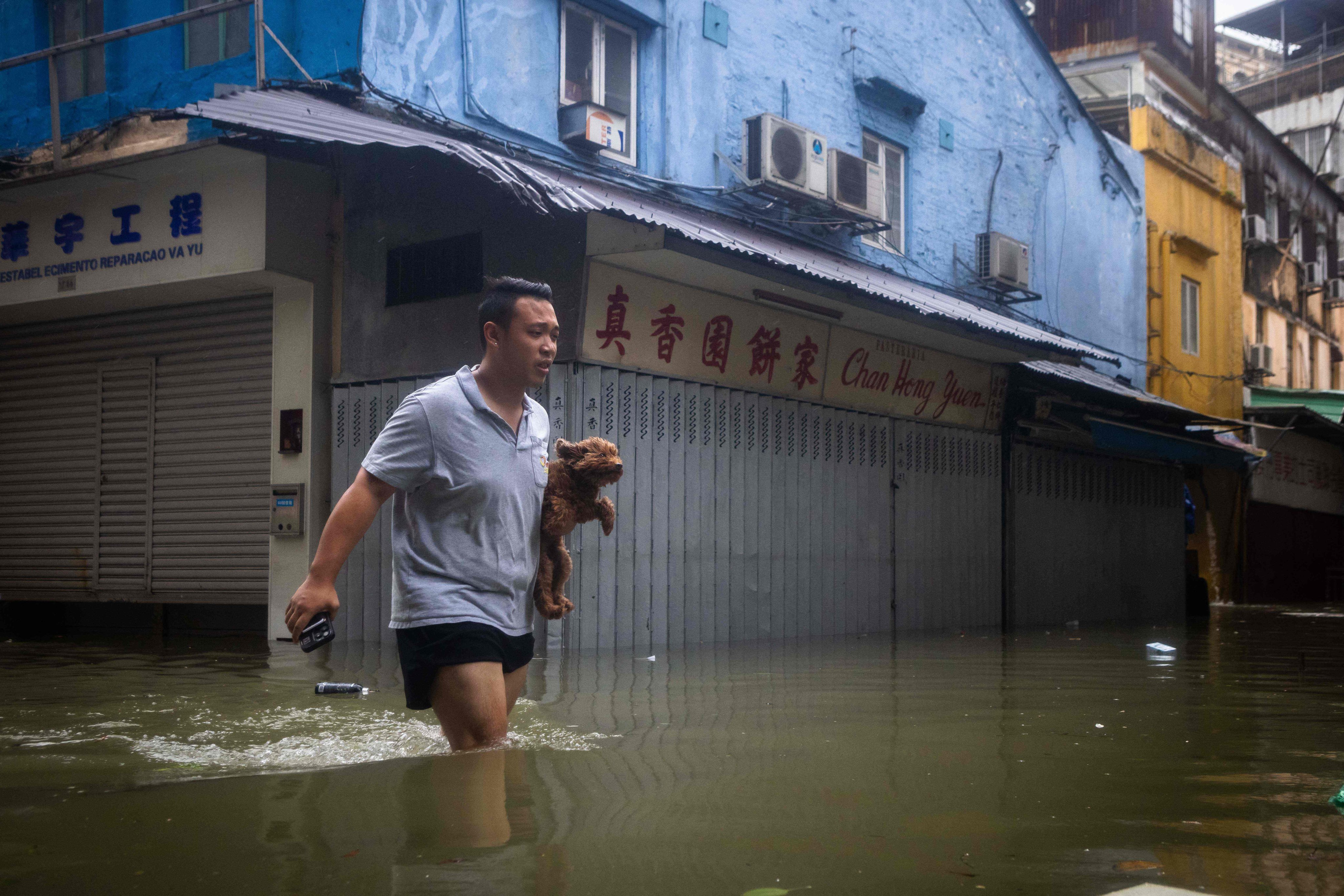Copyright scmp

Floods are becoming more severe across the Asia-Pacific, driven by the mounting effects of climate change. Nine of the 15 nations most affected by extreme weather are in this region. According to a study commissioned by the Asia Development Bank in 2012, up to 410 million urban dwellers and 341 million inland residents are at risk of coastal flooding in Asia. Sudden-onset events like flash floods are especially frequent in densely populated cities, where impermeable surfaces, constrained drainage and under-resourced flood management systems reduce warning times and heighten vulnerability. We are already seeing punishing consequences as floods deepen inequities, strain urban systems and threaten livelihoods. In 2024, Typhoon Yagi caused an estimated US$14 billion in losses across several Asia-Pacific countries, while floods in China added nearly US$12 billion in damages. The toll goes far beyond financial losses. Beijing endured some of its worst rainfall in July – a year’s worth of rain in under a week. Floods killed at least 30 people, forced over 80,000 to evacuate and caused extensive damage to transport and critical infrastructure. Catastrophic floods in South Korea around the same time were labelled once-in-a-century events by the country’s national weather agency, claiming at least 18 lives. Just last month, Bali, Indonesia, experienced its worst floods in a decade, displacing hundreds and destroying homes. Earlier this year, major flooding in the Indonesian capital of Jakarta displaced tens of thousands of people. In the backdrop of these disasters, this year’s World Cities Day theme, “People-Centred Smart Cities”, is a timely reminder: resilience planning must place people at the heart of every decision. Increasing preparedness and taking early action to protect the most vulnerable can significantly reduce climate-related loss and damage. While challenges remain, cities in Asia are responding with innovative solutions and collaborative action. Governments are leading the charge in building flood-resilient cities, showing how proactive planning saves lives, protects communities and reduces economic losses. Singapore faces rising seas, projected to climb up to 1.15 metres (3.8 feet) by 2100. However, the Singaporean government is tackling this head on, committing nearly US$74 billion over the next century to coastal protection and flood resilience. Its “source-pathway-receptor” approach seeks to strengthen drainage flexibility and protect infrastructure at every stage by setting up water detention tanks at the source and rain gardens that slow stormwater run-off. The approach also includes the use of reservoirs to handle heavier storms and reduce flood risks in nearby neighbourhoods. Buildings and infrastructure are safeguarded through these flood barriers. In 2023, PUB, Singapore’s National Water Agency launched a US$96.5 million research programme to advance coastal and flood protection while spurring innovation. Some 14 projects with grants from the programme are exploring everything from smart monitoring systems to innovative engineering solutions, sediment tracking and coastal materials made from waste. Between the record floods in 2023 and this year, Hong Kong more than doubled its annual spending on stormwater drainage to US$407 million. Led by the Drainage Services Department, initiatives included mapping 240 blockage-prone drains, doubling emergency response teams, installing citywide flood-monitoring sensors and piloting a machine-learning system to detect flooding from CCTV footage. Nine mobile pumping machines were deployed to rapidly clear blockages. The government has earmarked an additional US$38.3 million to reinforce defences against extreme rain, rising seas and storm surges. As a shared responsibility, flood resilience extends to every entity involved in city infrastructure, including the private sector. Businesses can contribute resources, expertise and on-the-ground solutions that drive faster and more effective interventions. Semarang, Indonesia, is a great example of how rapid response and long-term planning can mitigate the impact of extreme weather, making cities safer, more resilient and better prepared to protect communities and vital infrastructure. Working with the Indonesian Ministry of Public Works, the Japan International Cooperation Agency and local partners, my colleagues helped design and construct a drainage pumping station. By sealing off river estuaries, funnelling upstream waters into retention ponds and pumping them back into the ocean, Semarang residents have a stronger defence against floods. Addressing the Asia-Pacific’s flood challenges requires action from the government, businesses and frontline communities to rethink how our cities manage water. Protecting communities, limiting economic losses and safeguarding critical infrastructure can only be achieved by doubling down on proactive, preventive measures that combine public planning with private-sector action while making use of innovative technology. Only by doing so can we build resilient, people-centred cities that are truly ready for the future.



